In this month’s Blog at Arvis, we’ll be talking about Electroless Nickel Plating. How it’s made, its uses and benefits, so let’s get started.
The biggest maintenance requirement for industries is the replacement or repair of corrosion damaged bearing, you could save approximately 15% if you had the right materials. Most metallic coatings offer very little wall support against corrosion of an environment. However, there are two main types of materials used for coating through Electroless Plating. These two metals are Chromium and Nickel. Out of these two metals, Electroless Nickel Plating is far more common than the Chromium one, so we won’t be talking about that one! Electroless metal plating is the process of adding a layer of non-corrosive metal to the base metal. This new metal will now be more resistant to rust corrosion and wear, sort of like someone wearing a suit of armour around them to protect themselves from the environment or swords in a knight’s case, the person being the base metal and the armour is the nickel plating if you didn’t get that reference! Without the correct finish, the metal can be easily damaged with scratches and impact marks.
Now that you know what it is, let’s make this more interesting and talk about the science of it all. Electroless Nickel Plating (ENP for short) is the layering of nickel-alloy coating by chemical reduction. This process is made without the use of an electric current hence the name. the process of this chemical reaction involves submerging the base metal into a reducing agent. This agent is usually sodium hypophosphate but there are also substitutes like sodium borohydride and dimethylamine borane, but they are used much less regularly, so we won’t be talking about them either. When the reducing agent is catalysed (causing a reaction by acting as a catalyst) by certain materials, the metal ions change to the metal that forms the deposit on the base metal. Oh yeah, a lot of science goes into this process. The higher the phosphorus content the greater the corrosion resistance to most environments such as saltwater, carbon dioxide, hydrogen sulphide and many more. However, too much phosphorus substance decreases the hardness of the material.
So, we’ve talked about the science behind it all, now let’s touch upon the uses and benefits of ENP. As we have already addressed, the main benefit for ENP is the corrosive resistance to most environments. It creates an even coat around the base metal no matter what the shape and size are. This includes slots, holes and even the inside of the tube wall. Even if the corrosion does start to begin through a pinhole or any damaged area, the corrosion will be contained in that one damaged area and will not spread to the rest of the metal. Even if the metal has not been heat-treated, the ENP still offers great hardness and wear resistance. ENP is a cost-effective solution for uses to wear and corrosion are factors. Increasing its life span and providing lower-cost substitute alloys where they are also resistant to corrosion, especially when the carbon steel undergoes localised corrosion.
Here at Criptic Arvis, we have been Nickel Plating our Arvis products for decades, this can be from any of the Arvis ranges of Plummer Blocks, Plain bearings to Self-lubricating housings and much more including any special bearings and housings you need, it’s like we say, Designed to your requirement.
By George Nasi | Sales Engineer
Please email the Arvis Team at sales@arvis.co.uk or call us on 01162 609 700
